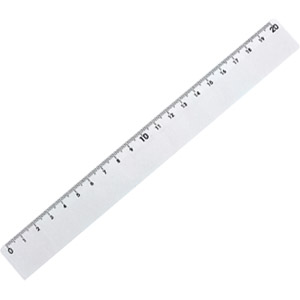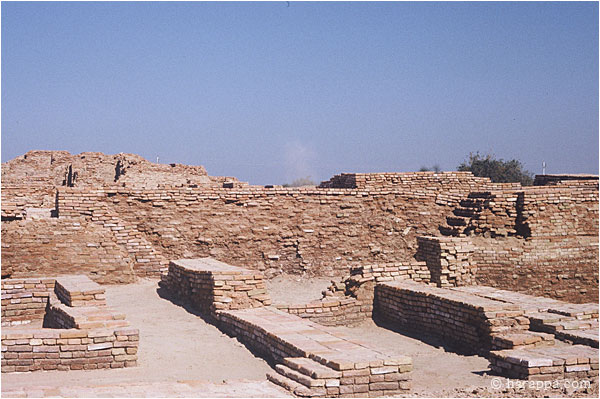Full-size online ruler
Don't have a ruler handy? Use your computer screen!
About the Ruler

Rulers were already in use around 1500 B.C. and were found in the Indus Valley. Researchers carried out excavations in Mohenjo-Daro and found an object divided into units corresponding to 1.32 in (33.5 mm), marked with decimal subdivisions with incredible precision, within 0.005 in (0.13 mm). Ancient bricks found throughout the region had dimensions that matched these units.

There are several types of ruler, and the most common are wooden, plastic, or metal rulers. Their scale model is usually made in centimeters and millimeters.
In geometry, a ruler without markings can only be used to draw straight lines between points. It cannot be used for measurement. The ruler is also used to help draw precise graphs in algebra and mathematical solutions.
12 inches or 30 cm in length is the most common measurement for a ruler. This size is useful to keep on a desk to help with drawing. Larger rulers have largely been replaced by measuring tapes.
Care of your Ruler:
- Avoid dropping the ruler or letting the scale come into contact with common work tools that could damage it.
- Avoid scratches or notches that could impair the reading of the graduations.
- Do not bend the ruler. This could warp or break it.
- Do not use the ruler to strike other objects.
- Clean your ruler after use, removing dirt.